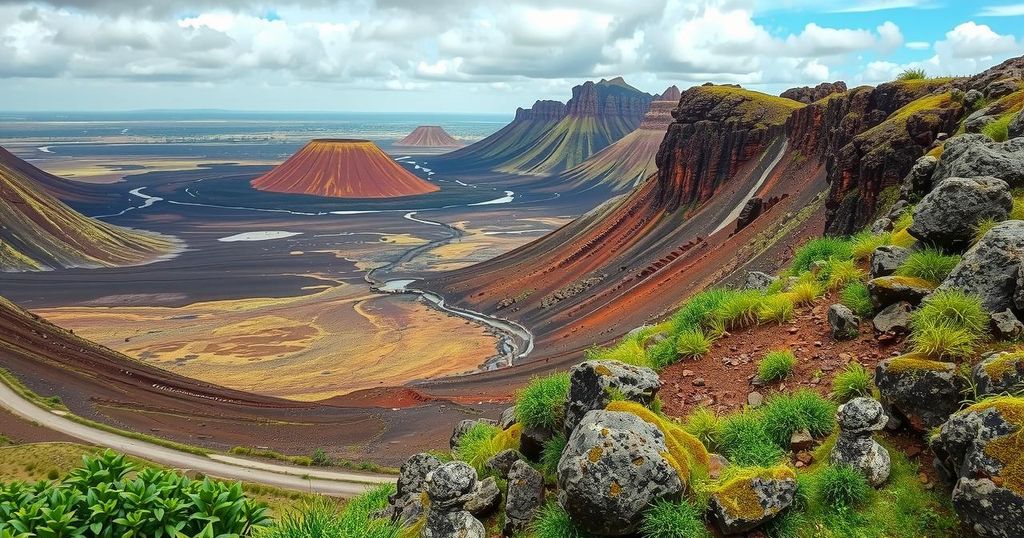The Afar region of Ethiopia has been increasingly active seismically, with significant earthquake swarms and volcanic potential prompting evacuations. The area is geologically significant, lying along the Great Rift Valley, where tectonic movements have been occurring for millions of years, contributing to seismic events. Recent monitoring reveals intense activity from molten rock, prompting discussions on potential volcanic eruptions and the need for improved scientific observations to protect vulnerable communities.
Ethiopia’s Afar region has recently experienced a series of earthquakes and volcanic activity, prompting the evacuation of tens of thousands of residents near Awash Fentale. This area is part of the Great Rift Valley, a geologically active zone that has witnessed numerous seismic events and volcanic eruptions over the last 800 years, including significant eruptions in 1250 and 1820 AD.
The geological phenomena occurring in Fentale are part of a long-term process initiated millions of years ago, leading to a potential continental split and the formation of a new ocean. According to Gemechu Bedassa Teferi, a researcher focusing on the Main Ethiopian Rift’s volcanoes, earthquakes and eruptions are driven by tectonic movements deep beneath the Earth’s surface.
Approximately 18 million years ago, the separation of continents crafted the Red Sea and the Gulf of Aden. Following this, around 11 million years ago, fractures emerged beneath the Afar Depression. Here, the mantle, a semisolid layer engaging in constant motion due to underlying heat, fosters volcanic eruptions when molten rock ascends through weak points in the crust.
As molten rock rises, it also generates rifts in the Earth, which continue to expand. This movement leads to the sudden release of energy, manifesting as earthquakes. The Afar region is among the most tectonically active locales internationally, hosting numerous volcanic activities.
In recent months, there have been over 200 recorded earthquakes exceeding magnitude 4, with the highest at 6.0 on the Richter scale, causing significant damage to structures within proximity to the epicenter. Notably, the capital, Addis Ababa, felt these tremors, underscoring the broad impact of these seismic events.
The last volcanic eruption in Fentale dates back to 1820, and historically, earthquakes frequently precede such eruptions, heightening concerns regarding the potential for future volcanic activity near two active volcanoes in the vicinity.
Research utilizing satellite radar has indicated that the earthquakes are caused by hot molten rock emerging from approximately 10 kilometers below the surface. Several possible outcomes may follow: cooling of the material leading to solidified rock, a volcanic eruption triggered by upward movement, or lateral propagation leading to either cooling or significant eruptions.
Given these uncertainties in a dynamic geological landscape, enhanced predictive measures are essential for future risk mitigation. Scientists advocate for ongoing monitoring, including volcanic gas observations and GPS monitoring, as well as collaboration between scientists and government bodies to ensure effective communication with communities at risk.
In conclusion, Ethiopia’s Afar region stands as a focal point for geological activity, with a complex interplay between earthquakes and volcanic eruptions. Understanding the processes driving these phenomena is crucial for predicting future occurrences and mitigating hazards. Enhanced scientific monitoring and collaborative efforts are vital to safeguard the communities affected by this geological dynamism.
Original Source: theconversation.com




